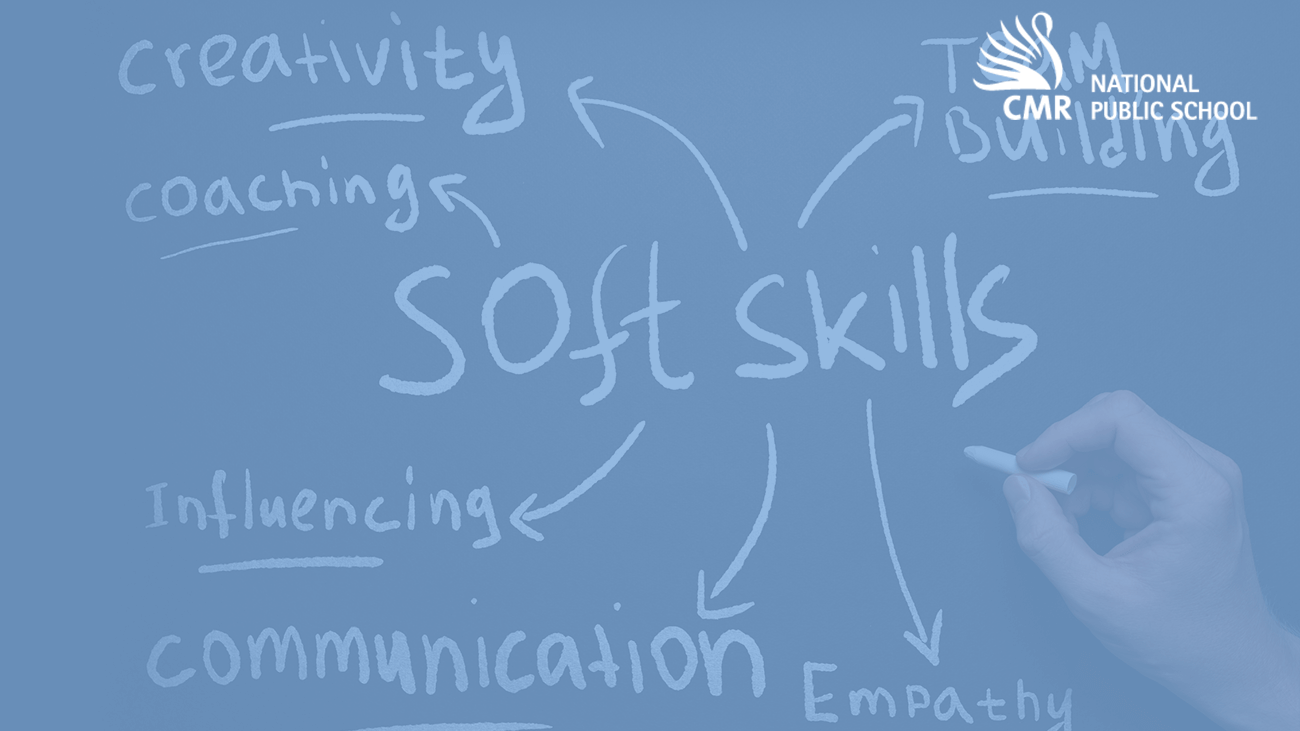Table of Contents
In most schools, Computer Science is addressed as a subject where students learn about Microsoft Word, Excel and Powerpoint. Here, the focus is more on using generic application software and less about encouraging students to research, analyze, and problem-solve using tech tools.
While traditional programming languages such as Turtle programming and QBasic are introduced at elementary and middle school level without teaching fundamental computational thinking concepts, very few schools venture into physical computing aspects of computer science.
In addition to this, most schools use printed material that is outdated and not relevant to the changing tech landscape. Practical activities and assessments are far and few in between and do not give the students enough opportunities to explore a particular application.
We sit with Ms. Ahlada Sudersan, who builds the Computer Science curriculum to understand how we do it differently at CMR National Public School.
Starting Early
The CBSE curriculum does not lay emphasis on coding in Primary and Middle school. Today, technology has become unavoidable, being integrated into everyday life. We need to prepare our students to be comfortable and contribute actively in a technology-rich society. They need to be able to design solutions to real-life problems using programming skills.
In order to create an interest in programming, we introduce Computational Thinking from Grade 1. In this strand, students learn to look for patterns, group similar data, use a sequence of instructions to make something happen and solve puzzles that require logical reasoning. They learn that a problem can have multiple solutions and the efficiency of the solutions depends on the problem itself. This builds a problem-solving mindset from a young age. Students are also able to phrase clear and understandable instructions.
Students of Grade 1 work together to design and build a machine
Students of Grade 2 practise touch typing.
Students of Grade 1 drag and rearrange shapes to create the given image.
We have also introduced visual programming languages: Logo in Grade 3 and Scratch in Grades 4 and 5 where students familiarize themselves with concepts like decision making, repetition, variables, functions, parallelism, and random values. These languages act as a precursor to text-based languages that are taught from Grade 5.
How Computer Science unfolds at CMRNPS
The current focus of our unique Computer Science curriculum is on four main aspects of Computer Science:
-
- Information and Communication Technology
- Computing
- Digital Society
- Computer Engineering.
The Computer Science learning area equips learners to:
• Be responsible, future-ready digital citizens.
• Design, prototype and implement solutions to real-world problems using technology.
Programming is a substrand of Computing. The following programming languages are taught at our school:

In Primary school, in addition to the programming languages, students learn basic application software such as Word, PowerPoint, Excel, Paint and Google Apps. They discuss the impact of technology on society and what internet safety means.
By Middle School, students are researching on ethical issues and distribution of technological resources around the world, learning how to use these resources responsibly. They learn animation using Vectorian Giotto, image editing using Paint.net, electronics and physical computing using Arduino, GUI development using Visual Basic, Web development, database management and so on.
Grade 5 students locating the ROM on a chip.
Secondary and senior secondary students learn Java, C++, and Python. They also address real-world problems as part of their project work and create end-to-end solutions for these problems.
Under Digital Citizenship, students explore the positive impact of technology. They work in teams to research and validate information on the given topic and present it.
The curriculum is designed to facilitate learning beyond the classroom through school clubs where students get the opportunity to work on a specific niche like game development, app development, and web application.
Over the years, students from CMR National Public School and sister institution Ekya Schools have built and tested interesting projects that address real-world needs. Some of these are:
• Home Automation System using Arduino
• Heart Rate monitor and distance tracker for a bicycle using Raspberry Pi
• Self-watering plant using Arduino
• Electronic Voting Machine using Arduino
• Autorola, a monitoring device for autistic children using Arduino
• Crowdsource funding platform for differently abled people using Weebly
• A multipurpose app for differently abled people called Yippy using App Inventor
• Demonstration of Augmented Reality using Javascript and HTML
• Health help app using Java swing
Students built an Electronic Voting Machine for Open Day at Ekya ITPL.
Students at CMRNPS designed and built a pill dispenser for visually challenged people using Arduino.
Cross-disciplinary
Computer Science teaches students the importance of validating information obtained from the internet. They learn about plagiarism, copyright licenses and responsible usage of internet, all of which hones a student’s ability to research and gather information.
Students learn to present all kinds of information (text, numbers, images) in a meaningful manner, which is a required skill for other subjects and learning programs. Math concepts such as geometry, algebra, and problem-solving are inherent to Computer Science and Physics concepts such as Ohm’s law, circuits, electrical safety are all addressed as a prerequisite topic for Arduino. Students are taught to pay attention to the design aspect of a solution to a problem. They analyze the needs and purposes while creating a product or a service and how the final product addresses these needs.












